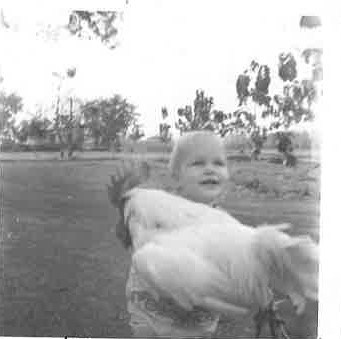
Professor Sue Ebeler recently gave the ASEV Honorary Research Lecture at the ASEV annual meeting in June. Her lecture, titled "Perspectives on Grape and Wine Flavor: Past, Present, and Future" is summarized in the abstract below:
Title: Perspectives on Grape and Wine Flavor: Past, Present, and Future

Abstract: The development of gas chromatography and capillary columns in the last half of the 20th century revolutionized the field of aroma analysis and flavor chemistry and led to the identification and quantitation of hundreds of volatile compounds in grapes and wines. In the 1990’s and early 2000’s new sample preparation techniques such as solid-phase microextraction (SPME) and Twister™ stir bar sorptive extraction allowed for the development of rapid and easy to use methods for profiling a large number of volatiles, without the need for solvents and/or lengthy extraction procedures. Many of these volatiles have important sensory impacts at trace levels (ng/L) in grapes and wines; both SPME and Twister™ have been effectively used to quantify these compounds (e.g., haloanisoles, methoxypyrazines) at low sensory threshold levels, providing an enhanced understanding of how viticultural and winemaking practices can impact their concentrations. Using genomics, transcriptomics, and metabolomics approaches it is also increasingly possible to take a systems based approach to understand the genetic components of wine flavor. However, it still remains difficult to fully link chemical composition to sensory properties due to complex interactions of aroma and flavor compounds with the matrix and to perceptual interactions that occur when we smell aroma mixtures. While recent research has provided valuable insight into the biology and neurobiology of aroma and flavor perception, future transdisciplinary research is needed to fully understand the complexity of the physico-chemical interactions that impact partitioning and release of aroma compounds from grapes and wines as well to understand how we perceive aromas of complex mixtures.
